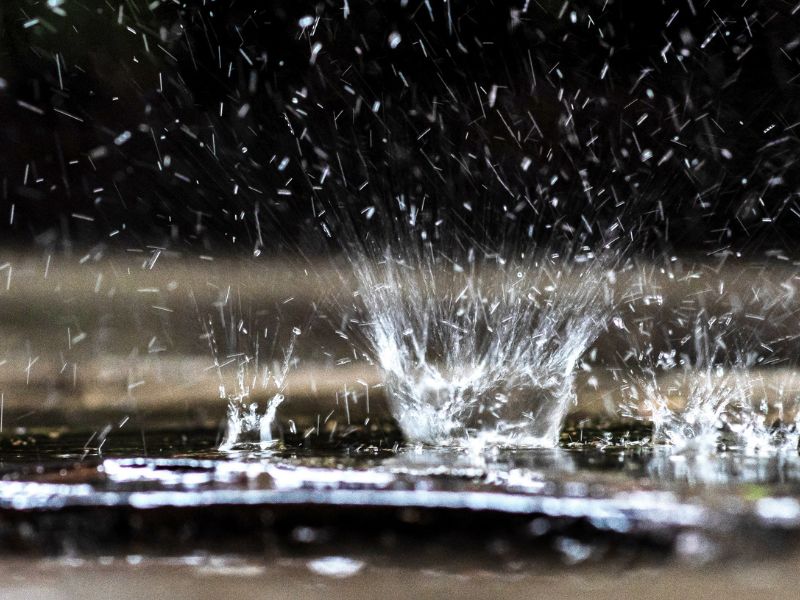
22 Jan Rainwater leaks: how to identify and prevent them
Rainwater leaks are a common problem affecting both residential and commercial buildings, compromising their structure and habitability. These leaks are often caused by problems with ceilings, walls or drainage systems, and if not addressed in a timely manner, they can lead to significant damage such as moisture, mold and even health issues for occupants. In Humilogic we explain how to identify and prevent rainwater leaks, ensuring the protection of your home from this type of problems.
Contenidos
What are rainwater leaks and why do they occur?
Rainwater leaking occurs when rainwater leaks into buildings due to failures in protective barriers such as roofs, walls or structural joints. These failures may be the result of worn materials, poor installation or clogged drainage systems.
The water that penetrates inside can accumulate over time, affecting structural stability and favoring the appearance of moisture and mold. It is essential to identify the causes in time to implement effective solutions that prevent further damage.
How to prevent rainwater leaks
Prevention of rainwater leaks at home and in the workplace begins with regular maintenance of structural elements and drainage systems. Regular inspection of roofs, gutters and downspouts helps to identify problems before they become serious.
Another key aspect is to use quality materials and make sure they are installed correctly. For example, choosing the right waterproofing and sealants can make a difference in protecting your home. In addition, attention to structural joints and cracks is essential to prevent water from finding entry points.
In areas with heavy or recurring rainfall, it is advisable to consider additional drainage systems, such as drainage channels in the ground, to divert water efficiently. This reduces pressure on the walls and ceiling.
Consequences of rainwater leaks
Rainwater leaks can cause significant damage to the structures and comfort of any space:
- Structural damage: infiltrated water weakens walls, ceilings and floors, affecting the stability of the construction. This can lead to cracks, breakages and costly repairs.
- Appearance of mold and fungus: leaks create an ideal environment for mold growth, which affects the quality of indoor air and can cause respiratory problems, especially in allergic people.
- Increased energy costs: damp walls lose their insulating capacity, which reduces the energy efficiency of the building and increases the cost of heating or cooling.
- Aesthetic impact: moisture stains, loose paint and deteriorated finishes affect the appearance of the space, reducing both its value and its habitability.
Early identification of leaks
Early detection of leaks is crucial to minimize their effects. Some common signs include moisture stains on ceilings or walls, paint peeling off, mold odor, or the visible presence of fungus. If you notice any of these signs, it is essential to act immediately and seek professional help to assess the magnitude of the problem and apply appropriate solutions.
At Humilogic, we are specialists in the treatment and prevention of rainwater leaks. Our professional team uses the best techniques and materials to ensure the protection of your home against this problem, offering customized solutions adapted to each case.
If you need advice or have questions about how to fix a leak, do not hesitate to contact us. At Humilogic, we are committed to protecting your home so that you can enjoy a safe and moisture-free space.
